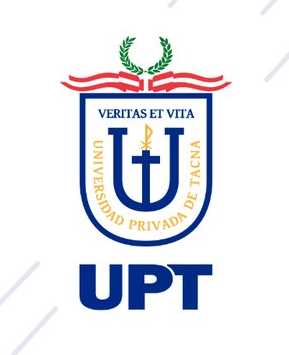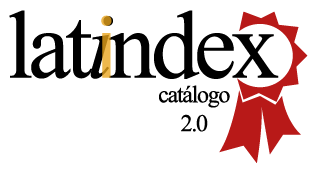Soundscape: the paradigm that challenges current urbanism and architecture. Acoustics as an audiovisual construction process
DOI:
https://doi.org/10.47796/ra.2023i24.849Keywords:
Soundscape, Acoustics, Big blocks, Urban design, TransdisciplinaryAbstract
The concept of soundscape was incorporated in the late 1960s, from the field of acoustics and music, to address the problem of excessive noise in cities and disorderly urban planning, which has led to residential areas ‒which are supposed to be quiet‒ are juxtaposed with commercial and/or production activities that degrade the quality of hearing life. Starting in 2002, it was realized that the concept of soundscape could also be used as a tool to build a sound identity, whether to preserve historical sound environments, rescue “lost” sound activities from anthropology or create auditorily healthy zones within the cities. Barcelona is the first city that took the initiative to establish large blocks in order to reduce urban noise based on the particular acoustic study of each neighborhood, defining a differentiated sound landscape to preserve. Since 2012, acousticians from all over the world are strengthening this new interdisciplinary scientific field, conceptualizing architectural and urban projects, designing healthy sound fields and spaces. These are assisted by digital audio recorders, audiovisual media and other theoretical approaches based on sound level measurements that are contributing to expressing a new foundation of current architecture, since the sound parameter is the most important to take into account for the design. of the cities of the future. Peru is not a country that necessarily worries about designing urban projects before they are implemented, and this article will share the experience that is being developed in the world on the issue of soundscape, and the attempts that are being made in Lima to disseminate this theme in architecture with a transdisciplinary vision.
Downloads
Downloads
Published
How to Cite
Issue
Section
License
Copyright (c) 2023 Henry Daniel Lazarte Reátegui, Elena Isabel Gushiken Uesu, Walter Alfredo Montano

This work is licensed under a Creative Commons Attribution 4.0 International License.




